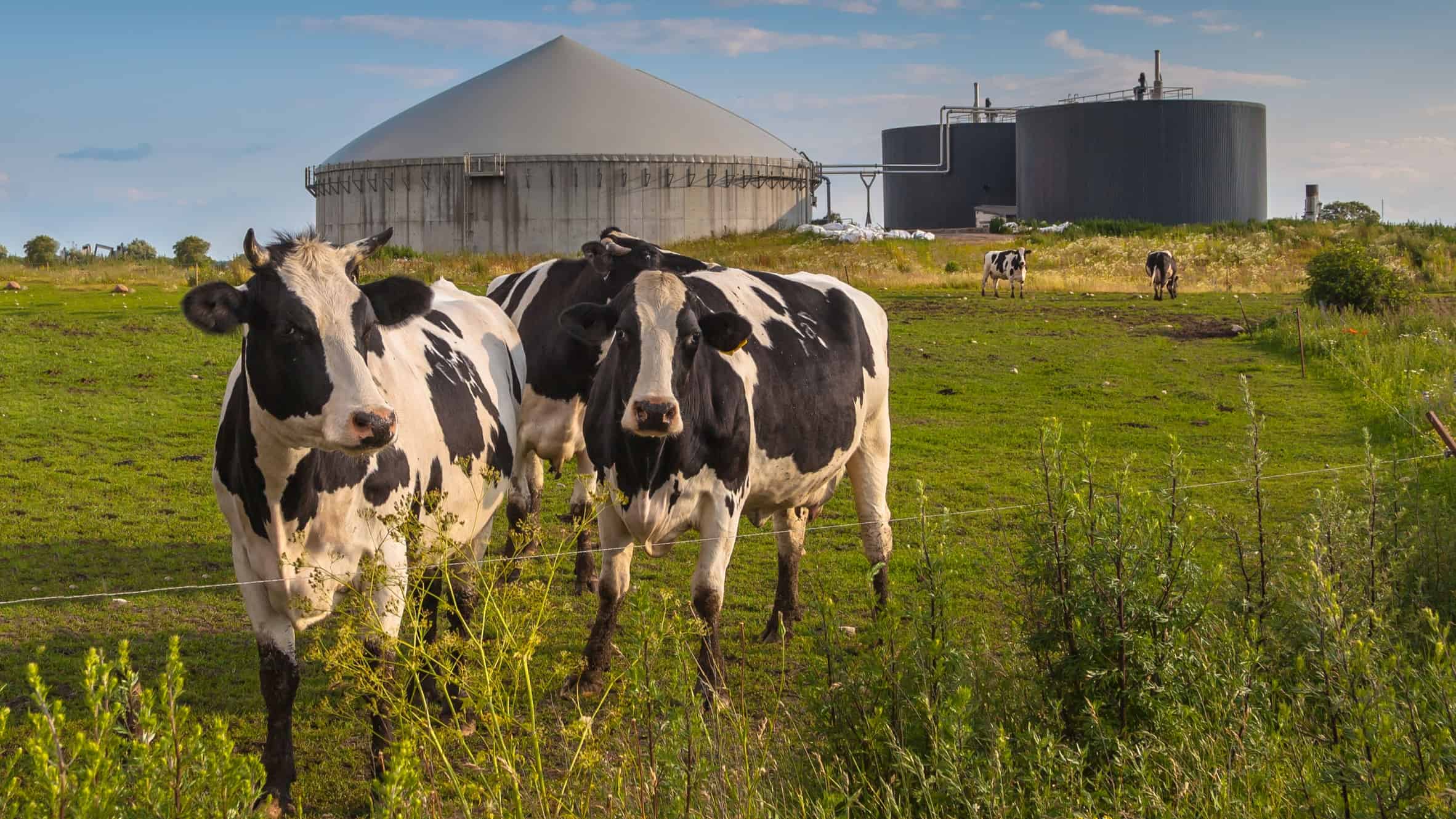

Energia powstająca podczas spalania biomasy i biogazu
Sam proces wykorzystuje energię słońca i zjawisko fotosyntezy. Naturalne właściwości promieni słonecznych, powietrza i gleby pozwalają na samoistną produkcję biomasy. W wyniku spalania biomasy uzyskuje się ciepło, które z kolei można przetworzyć na inny rodzaj czystej energii, na przykład energię elektryczną, cieplną lub mechaniczną. Wykorzystanie biomasy, jako nośnika energii ma wiele walorów – ekologicznych, ekonomicznych i społecznych.
Biomasa to materia roślinna i zwierzęca, która ulega biodegradacji. Z biomasy produkuje się biopaliwa gazowe, ciekłe i stałe (pellety i brykiety). Najbardziej wydajne pozyskiwanie energii z biomasy odbywa się poprzez jej spalanie. Wytwarzane w ten sposób ciepło używane jest do produkowania energii elektrycznej. Odnawialne Źródło Energii jakim jest biomasa, powstaje samoistnie i niezależnie od warunków pogodowych.
Aby wytworzyć bioenergię z biomasy, sięga się po rozmaite surowce, które dzieli się ze względu na ich pochodzenie. Wyróżniamy energetyczne surowce pierwotne (drewno, słoma osady) i wtórne (biogaz, etanol, makulatura, estry olejów). Wymieńmy kilka ze źródeł biomasy:
- drewno, które jest odpadem w przemyśle drzewnym (biomasa drzewna, biomasa leśna)
- słoma i siano pochodzące ze zbóż, strączków oraz roślin oleistych na przykład rzepaku, słonecznika lub konopi
- rośliny z upraw energetycznych, czyli z plantacji przeznaczonych na produkcję biomasy, na przykład topinambur, rdest, proso i inne surowce
- odpady pochodzące z przemysłu celulozy i papiernictwa
- organiczne odpady w postaci słodu, melasy i innych surowców pochodzące z przemysłu browarniczego i spożywczego
- osady ściekowe i komunalne
- biogazy pochodzące z wysypisk, czy z obornika
- biopaliwa płynne, a w tym oleje roślinne, bioetanol oraz biodiesel
Biomasę można przekształcać też na biogaz. Jest on wytwarzany w procesach fermentacji osadów pochodzących z oczyszczalni ścieków, organicznych odpadów wysypiskowych oraz fermentacji obornika w gospodarstwach rolnych. Gaz pirolityczny jest wykorzystywany do napędu silników spalinowych lub do spalania w kotłach gazowych.
